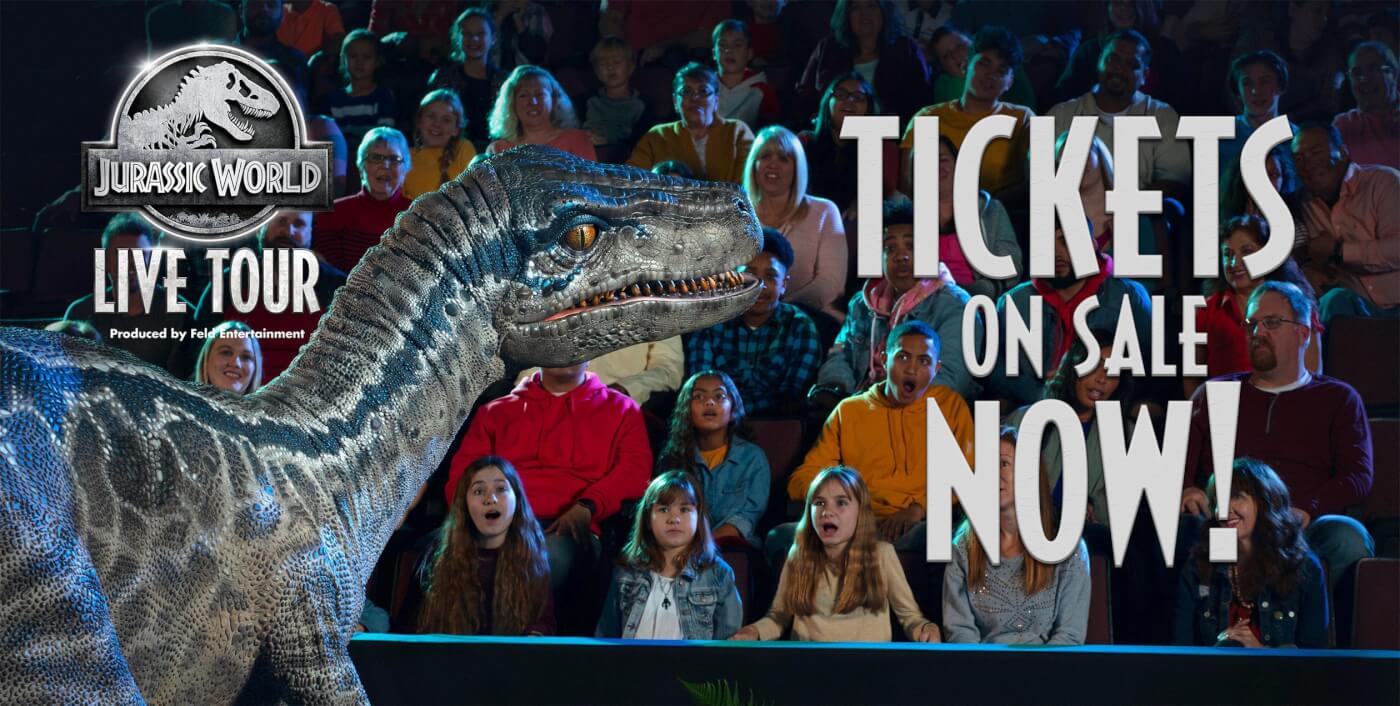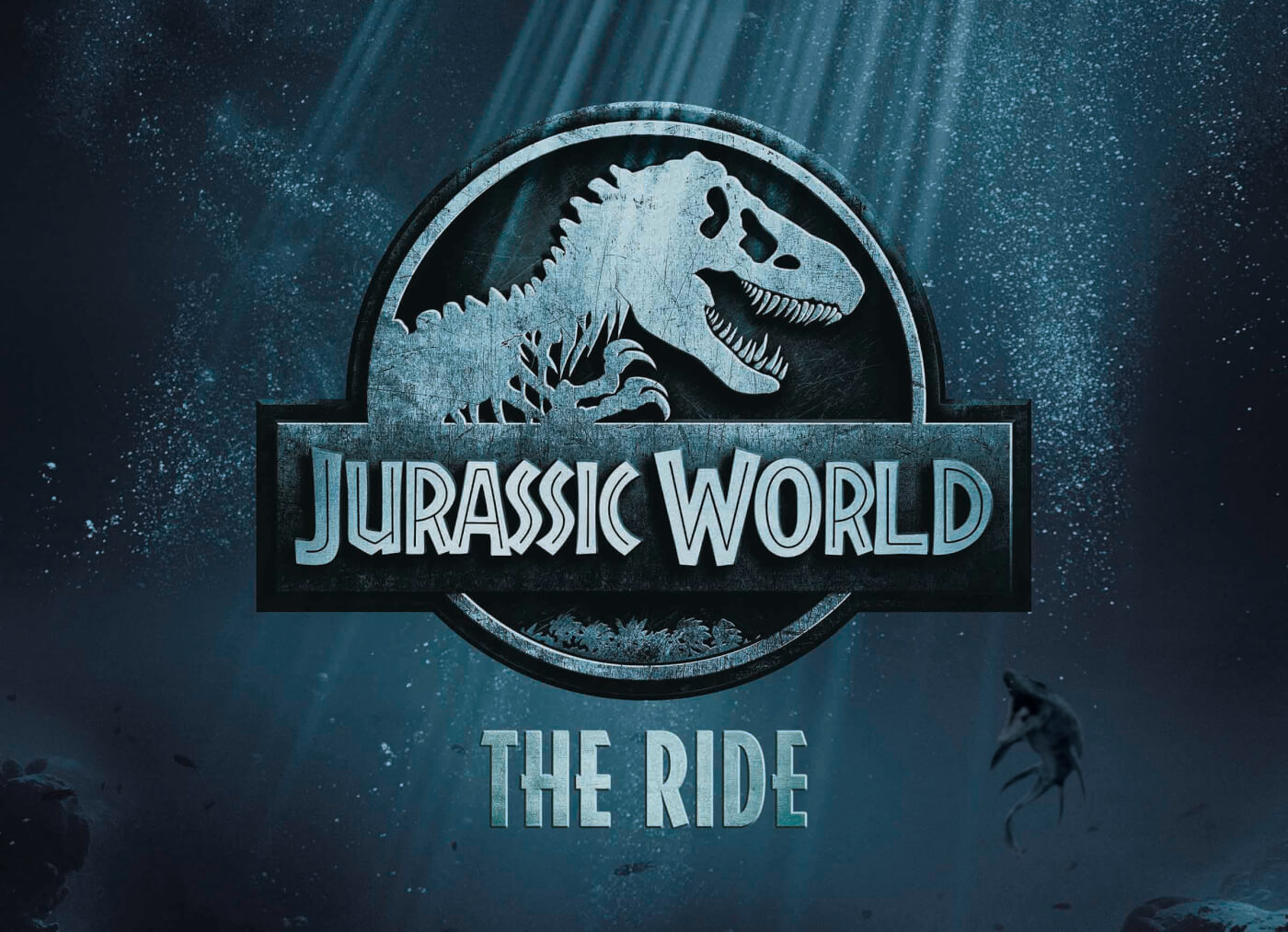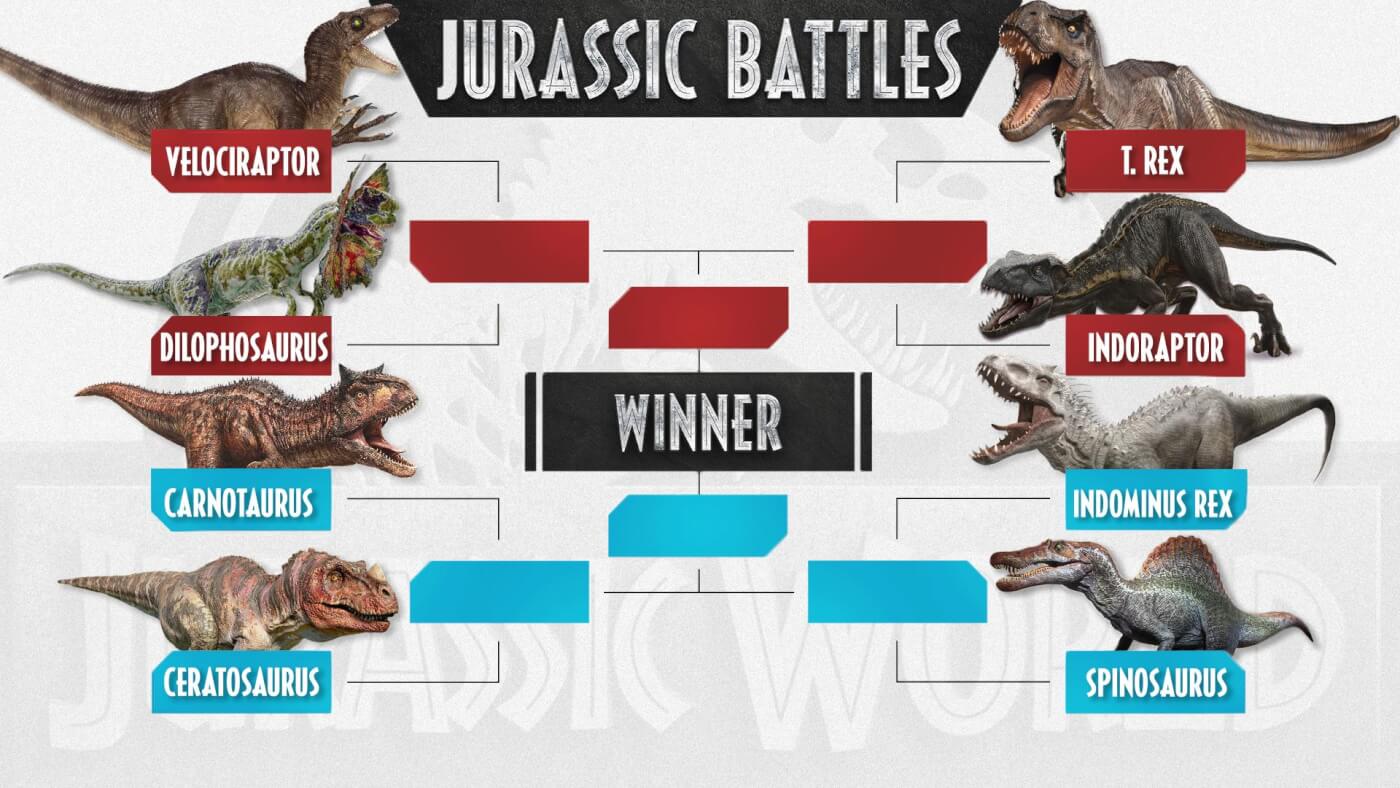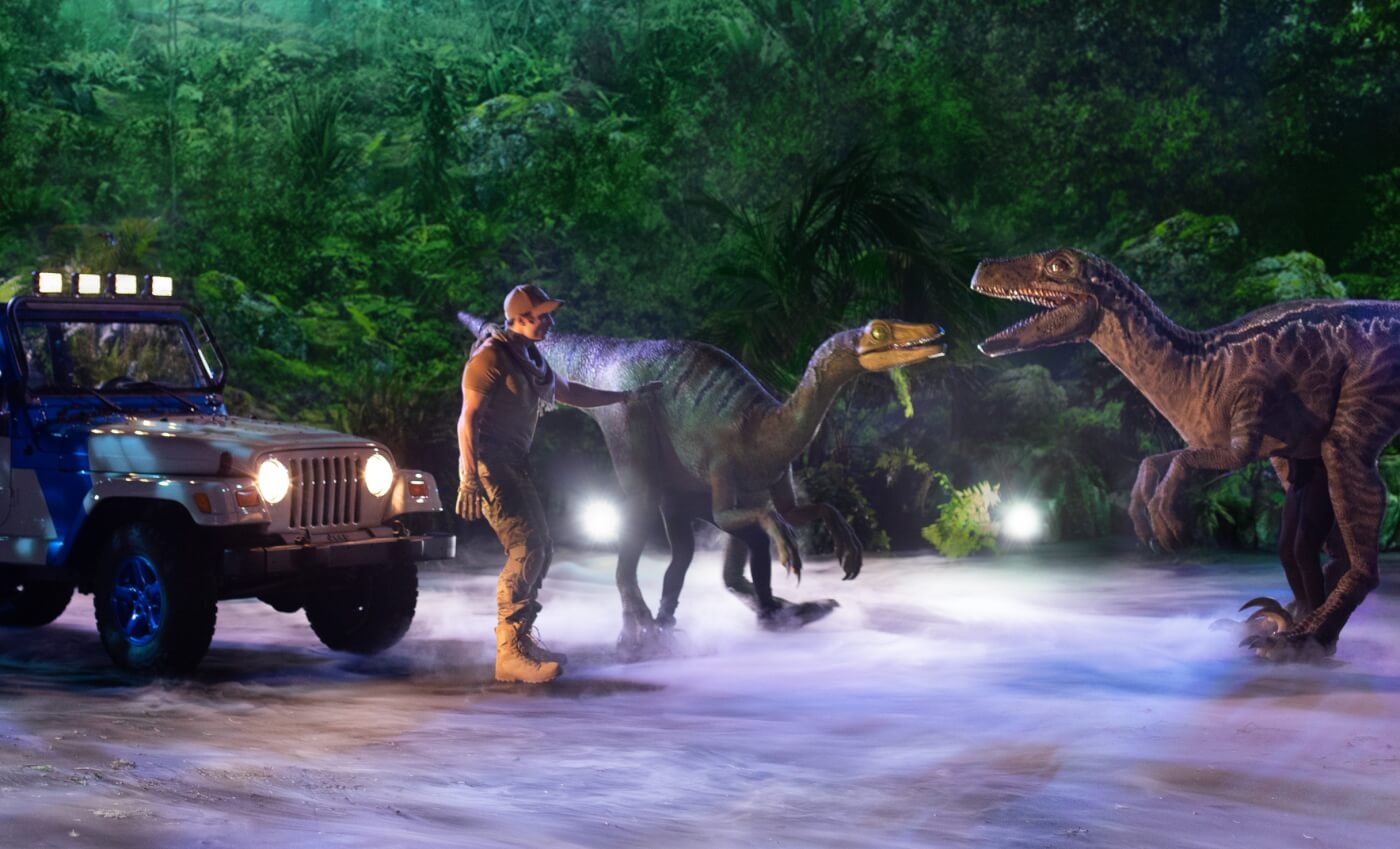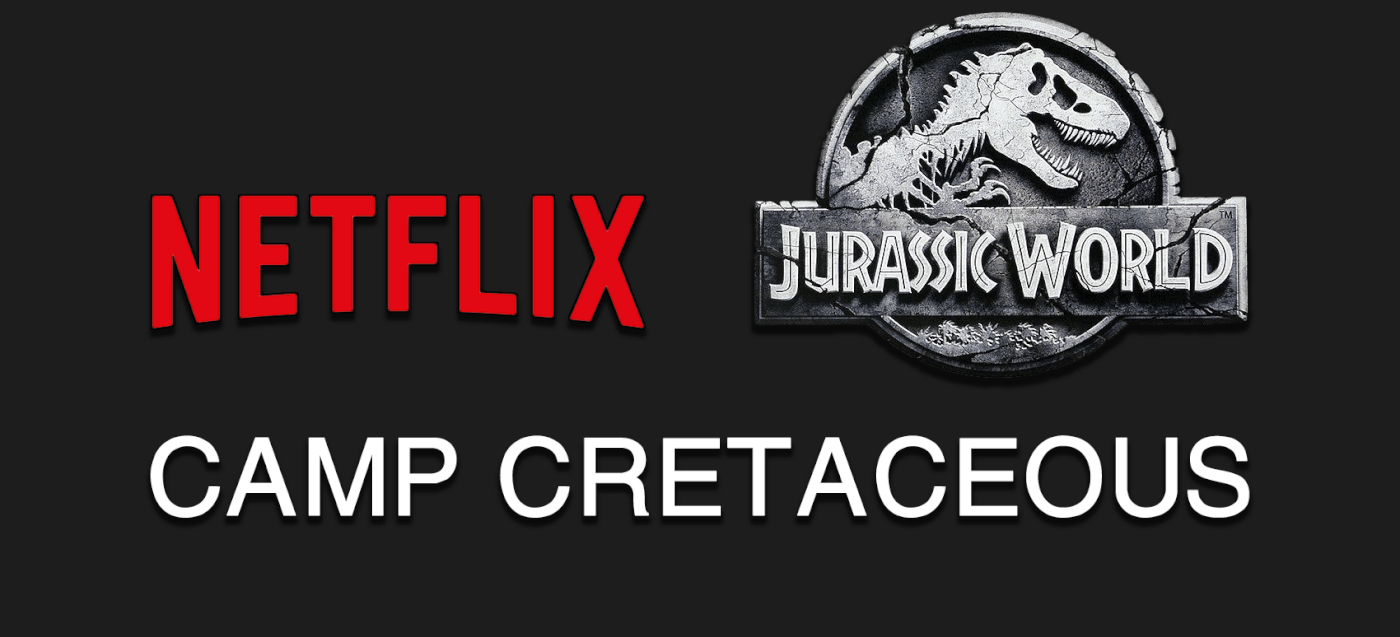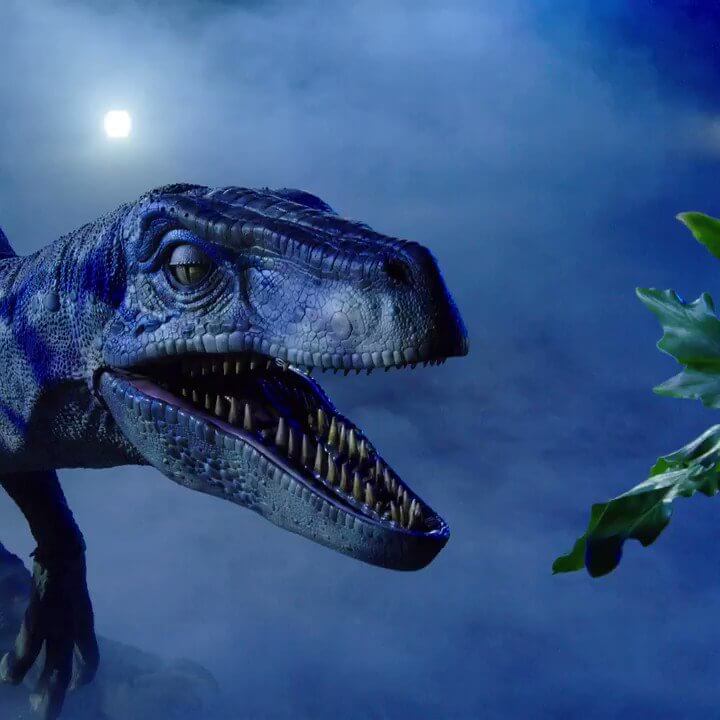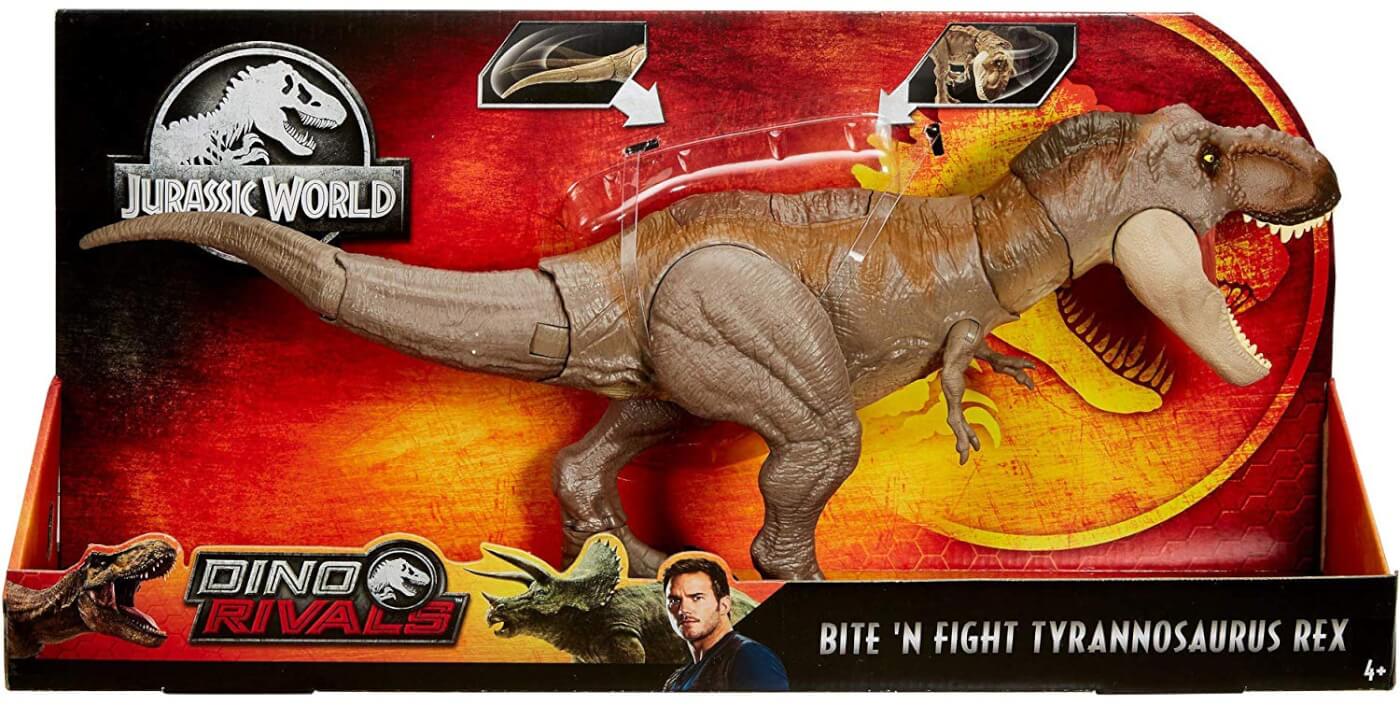While Jurassic Park may be extinct at Universal Studios Hollywood, the dinosaurs will live on at Jurassic World. Today fresh details have been released, such as confirming the ride will make its opening debut this Summer in 2019! Further, many exciting new details have been released in the press release – so read on!

Leaping from the silver screen to the theme park, “Jurassic World—The Ride” will immerse guests into newly themed environments and breathe new life into dimensional animatronic dinosaurs, including some all-new fan favorites featured in the Jurassic World films from Universal Pictures and Amblin Entertainment.
This ambitious ride is being reimagined under the direction of the award-winning and inspired minds at Universal Creative, the Academy Award®-winning special-effects visionaries at Industrial Light & Magic (ILM), a division of Lucasfilm, Ltd., the brand stewards at Universal Pictures and acclaimed filmmakers Steven Spielberg, Colin Trevorrow and Frank Marshall.
The state-of-the-art attraction will debut an original storyline that takes place within the theme park as depicted in Jurassic World. It will feature additional new dinosaurs from the film, lush scenic design, and ground-breaking technology that has yet to be experienced within a theme park.
The aesthetics of “Jurassic World—The Ride” will be dramatically enhanced, welcoming guests to a reimagined space reflective of the Jurassic World films. A fresh, new entry statement, stonework landscaping and a contemporary redesign of the iconic pillars illuminated with billowing flames will support a prominent “Jurassic World” marquee logo.
Engaging queue-line videos featuring facts and information about the dinosaurs within the ride set the tone for the adventure ahead, as guests learn more about these imposing prehistoric inhabitants that first roamed the earth more than 65 million years ago.
And the daring expedition begins. Face Indominus rex when she makes her world premiere in the new, high-tech Jurassic World.
Once aboard specially designed rafts, guests will navigate the lush environs of dense vegetation, traversing new areas besieged with towering dinosaurs meandering just an arm’s length away from visitors. On this river-raft adventure, get doused as a colossal Mosasaursus dives for its great white shark snack. Encounters with such docile creatures as the Stegosaurus and Parasaurolophus will quickly turn awry as predatory Velociraptors and Dilophosaurus begin to wreak havoc, turning guests from spectators to prey. But the real danger lies ahead when the brutal Indominus rex escapes its enclosure. When the Tyrannosaurus rex begins to battle the attraction’s new behemoth dinosaur, the rafts will spill down a treacherous 84-foot waterfall as the sole means of escape.
While much of the ride sounds to remain the same, such as the dinosaurs who are not the new Jurassic World species, we believe fans can expect modernized and film accurate replacements of their original animatronics from the Jurassic Park ride. Perhaps the biggest new addition is that of the Mosasaurus, which is believed to be included within a screen based tunnel which now replaces the Ultrasaur Lagoon. However, we expect the usage of screens to be more innovative than their typical implementation, hybridizing practical effects for a seamless transition.
Sadly, yes, the iconic Jurassic Park gates are being removed and replaced with their Jurassic World homage doppelgangers. Further, the architecture has been confirmed to get a “contemporary” makeover, which means plenty of sterile grey and blue – but hopefully some liberties are taken, and elements of the original inviting safari adventure will live on.
The changes don’t stop there though – expect a new play area, and it sounds like the Velociraptor Encounter may receive background animatronics of Charlie, Echo, and Delta!

Located adjacent to the ride will be a new elaborately themed “Raptor Encounter” where Blue, the most beloved and deadly Velociraptor from the Jurassic World franchise, and her beta Raptors will engage guests in daring face-to-face encounters.
In addition, a new interactive “Dino Play” area will incorporate educational components within an inspired space where children of all ages can partake in excavations and investigate giant dinosaur fossils.
With so much to see and do at Universal Studios Hollywood, the all-new 2019 Season Pass invites guests to experience the fun throughout the year for $149 when purchased online. Blackout dates and restrictions apply. Visit www.UniversalStudiosHollywood.com for more details.
One thing is for certain – we cannot wait to see official images of new elements and attractions that are hitting as part of the Jurassic World Ride, and hope to see you there when it opens! Be sure to let us know what you want from this ride, and as always, stay tuned for the latest news!


